Smartphones are dead part III: How Microsoft, Apple and Google are preparing for the shift
There's a shift occurring in the mobile phone industry, and Microsoft, Google, and Apple each believe they have a plan to meet the evolving personal computing demands of users.
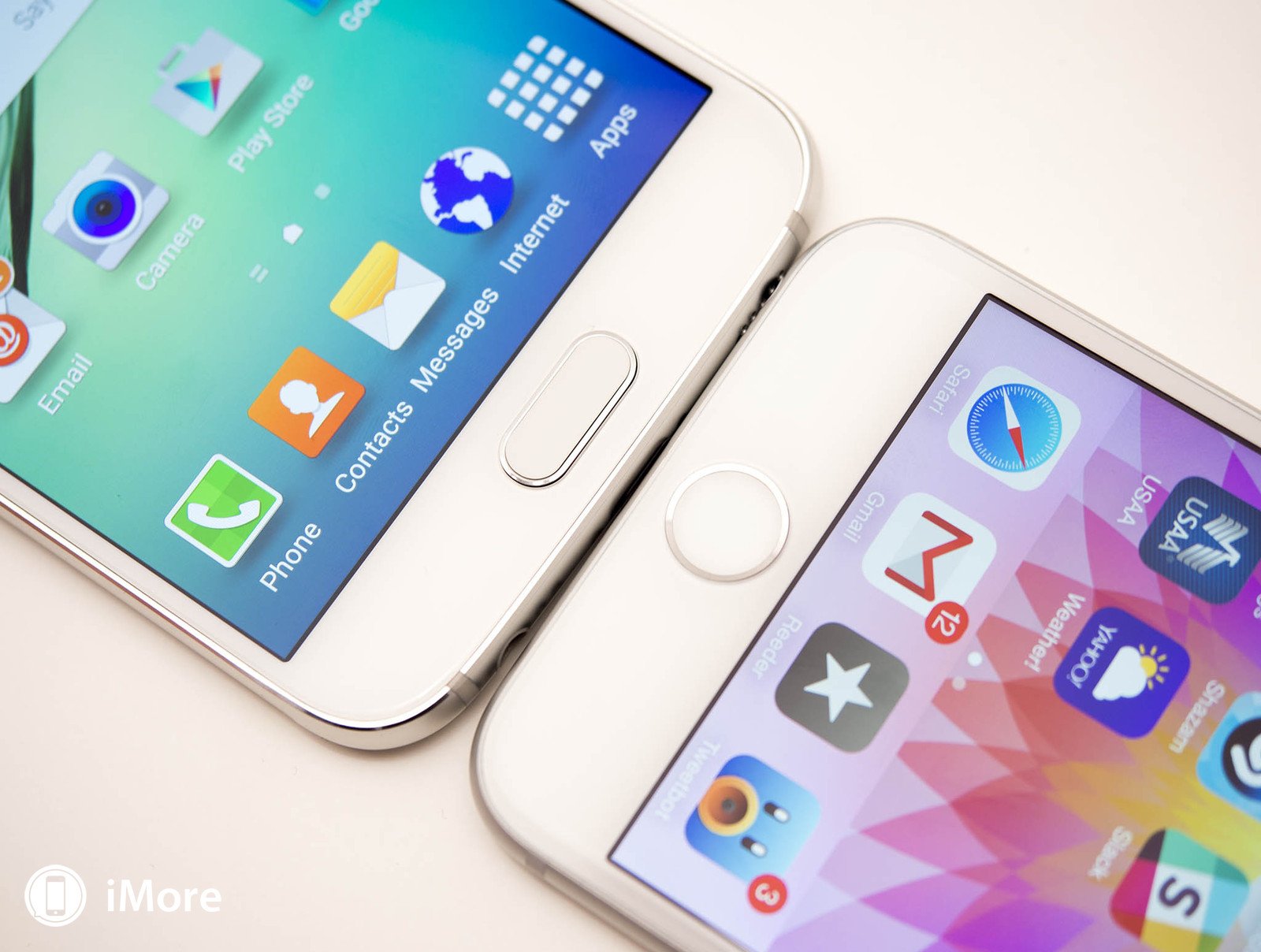
In the two previous installments of this series, we established that our current smartphones are indeed mini-tablet PCs. Our dependence upon them for activity previously reserved to the desktop PC based on their expanding dimensions have led us to this conclusion.
We also posited that this "mini-tablet" phase of personal computing is a transitory stage between the smartphone and the next step in personal mobile computing: ultra-mobile PCs.
Ultra-mobile PCs are a natural solution to declining PC market & natural evolution to plateauing smartphone market. https://t.co/n45KYJVqJoUltra-mobile PCs are a natural solution to declining PC market & natural evolution to plateauing smartphone market. https://t.co/n45KYJVqJo— Jason L Ward (@JLTechWord) April 19, 2016April 19, 2016
We argued that Microsoft's bold and unprecedented assault on the very structure of the smartphone industry is one that seeks to erase the software, operating system, development and user experience barriers that separate the smartphone and PC environments. This approach is indeed a stark deviation from the current smartphone paradigm; but if successful it can ultimately put the power, and through Continuum, the comfort of the PC in a form-factor that has the mobility of a phone.
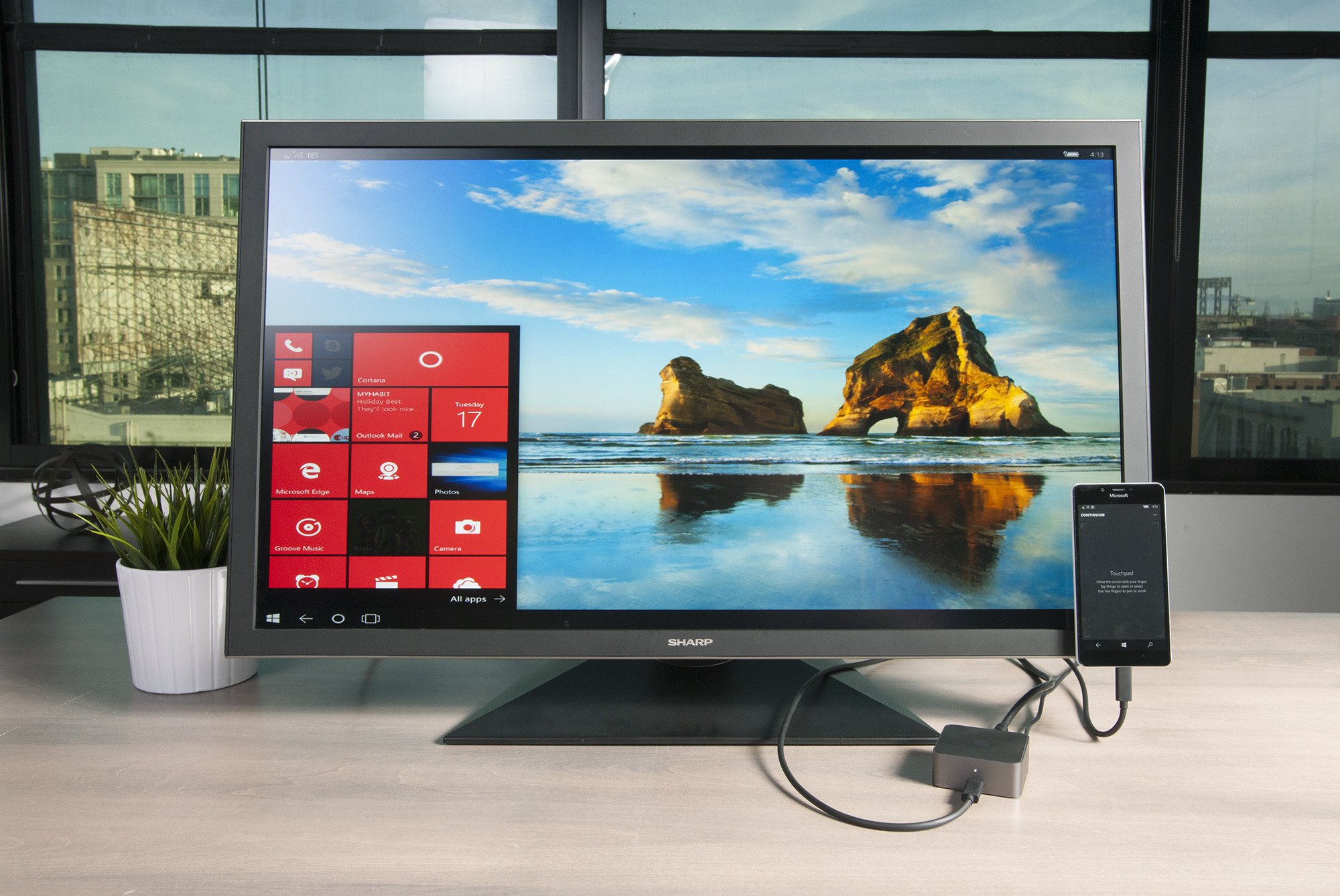
We also saw that Apple and Google, which have a combined 98% of the smartphone market, have committed to a course that keeps their mobile strategies in line with the "phone-focused" paradigm that evolved with the smartphone industry. A model designed to keep the PC and smartphone as distinct platforms.
In this piece, we will take a closer look at what Microsoft's rivals Google and Apple are doing to meet the increasing demands for more complex mobile personal computing. Microsoft's Unified Windows Platform, Apple's Continuity and Google's limited "merger" of Android and Chrome are each different approaches to the same challenge. Philosophical and fiscal reasons, as well as the firm's market positions and core strengths, are some of the factors affecting the courses to which each of these companies has committed.
Continuity, continuing a different path
Not everyone sees value in a "one platform to rule them all" strategy. For instance, in direct contrast to Microsoft's unified platform approach Apple's CEO Tim Cook is committed to keeping OS X and iOS distinct platforms.
"We feel strongly that customers are not really looking for a converged Mac and iPad …what we're worried would happen, is that neither experience would be as good as the customer wants."
That said Apple is progressively bringing these two disparate platforms closer together with Continuity. Apple's Continuity is a thoughtful solution to the challenges of modern personal computing.
All the latest news, reviews, and guides for Windows and Xbox diehards.
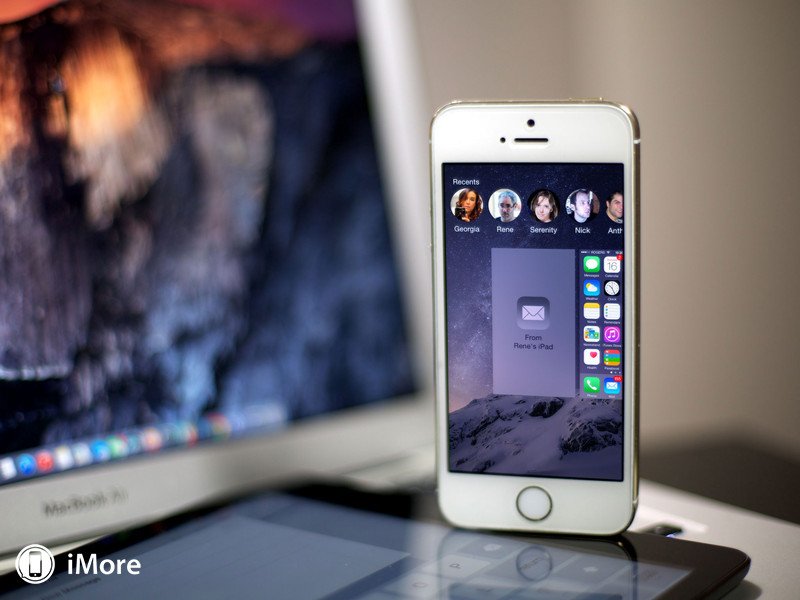
In a world where computing leaves the desk, continues in our pockets, is revisited on our couches via tablets and returns to the desk, Continuity offers a limited solution to keeping select tasks flowing across form factors.
Technically speaking, Continuity uses peer-to-peer Wi-Fi, Bluetooth, iCloud and the Apple Push Notification service to facilitate Handoff, Continuity SMS/MMS, Continuity calling, Instant Hotspot and cross-compatible Air-Drop to bridge a user's activities between devices. The solution offers some practical benefits such as a user answering phone calls on his or her Mac; or continuing experiences on one Apple device, through Handoff, which were initiated by the small selection of supported apps on another Apple device.
Like any solution, there are pros and cons. One of the major perceived drawbacks is that Continuity reinforces the separation of the PC and smartphone environments rather than resolving it. As such, though there is a more intricate relationship between iOS and OS X the platforms are still distinct.
Thus developers targeting Apple's personal computing ecosystem must target multiple platforms. To bridge the gap between platforms developers must code Handoff-specific instructions, for instance, into their apps to give them the limited ability to transcend form-factors the solution provides.
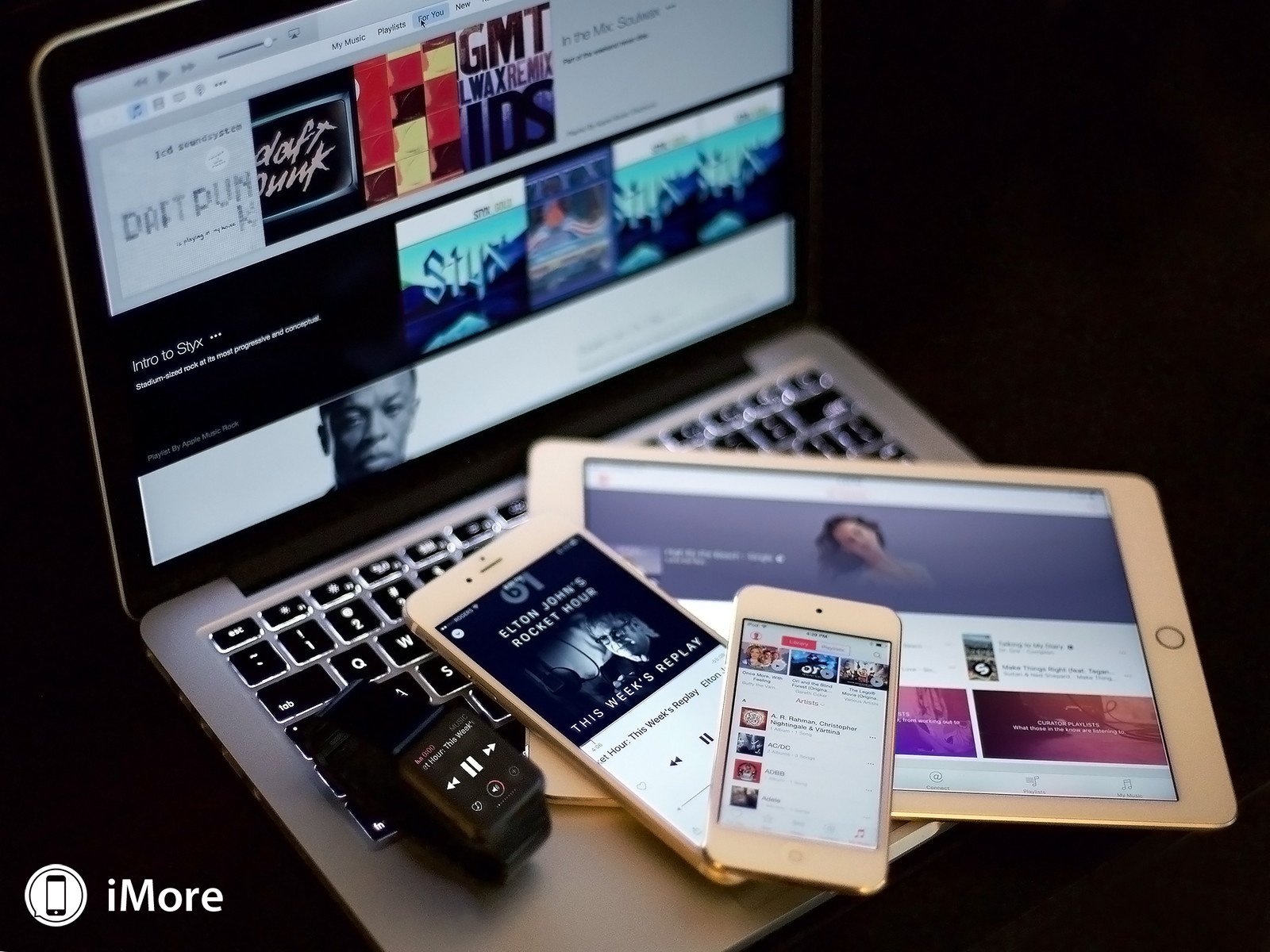
By contrast, though there is also specific coding required to tailor Universal Windows apps for each form factor, the Universal Windows app from its core to the user interface is thoroughly conformed to each form factor. In essence, it is the same app, carrying the same user data across different devices; or in the case of Continuum for Phone across different device modes. Though still in its infancy, the UWP potentially allows for a deeper and broader level of "continuity," as it were, of a user's experiences than what Apple's Continuity solution provides.
Microsoft's UWP potentially allows for a broader level of "continuity", than Apple's Continuity.
If the industry is indeed continuing its transition toward a position where our mobile devices are expected to handle more complex PC-like tasks, Continuity keeps Apple on the path toward the smartphone-focused "hardware enhancing" dead end we discussed earlier.
Despite this probable outcome, Apple's particular business model fiscally motivates the firm to keep their platforms separate. A bulk of the company's revenue is derived from the iPhone. With its high margin market positioning the iPhone garners the lion's share of the industry's profits.
Furthermore, though Macs have less than 10% of the PC space their market position allows Apple to command a premium price for these devices as well. Given the financial success of Macs and the iPhone, in conjunction with the firm's legacy in having initiated the current smartphone paradigm, Apple's decision not to merge their mobile and desktop platforms likely has less to do with an ideological stance than a financial one.
Still, Apple has been known to surprise. If not for the iPhone in 2007, the industry may not have been pushed to produce the innovative range of products we have today. Candidly speaking, without the iPhone, we might not have Windows Phone. That said it is conceivable that Apple's Continuity may be the firm testing the waters for a more sweeping move to bring iOS and OS X together in the future. One can only wonder.
What goes up must come down
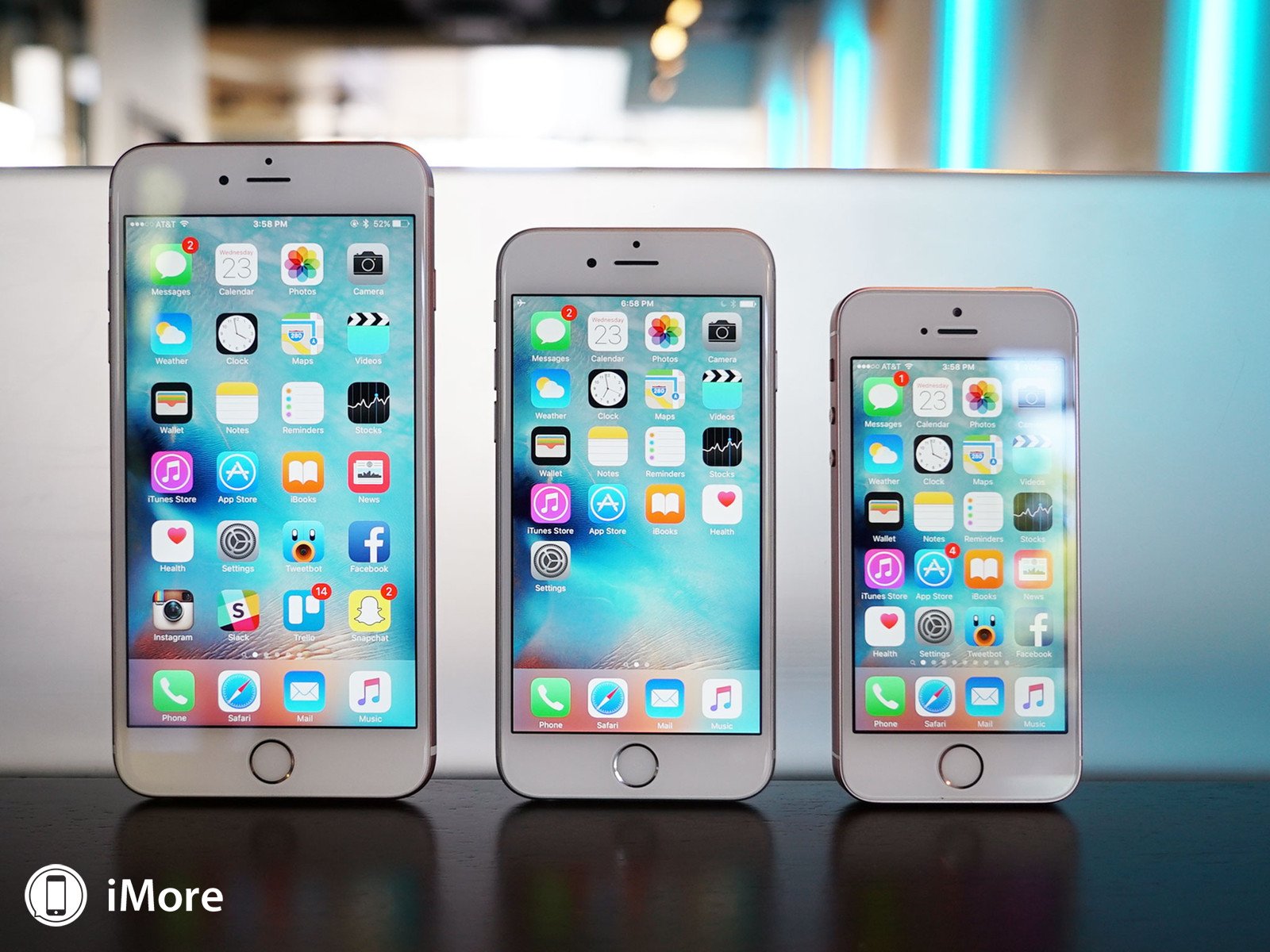
Still, Apple is facing the challenges of the current smartphone paradigm that they were instrumental in forming. The smartphone markets in most developed and affluent regions, where Apple has found most of its success, are saturated. That market flooding means that most people who want a smartphone have one. Naturally in such a market there is little opportunity for growth. This 'where to go to next' is of particular challenge for Apple whose devices occupy the high-end of the market with no true low-end offering. The low-end space, particularly in underdeveloped regions or first-time smartphone consumers in developed regions are, however, where any substantial growth exists.
The 4-inch iPhone SE is Apple's low-end strategy not a reversal of a trend toward 5-inch plus devices.
This dilemma has left Apple nowhere to go but down. High-end hardware, as discussed earlier, has reached a point that offers little differentiation. And since the company is intent in not following an evolutionary flow toward an all-in-one device their next iPhone will likely follow the established pattern of a faster, lighter, shinier device with a better camera. Of course, this will satisfy those in the Apple ecosystem, though it's unlikely to generate needed growth. Especially since the majority of consumers of Apple's expensive high-end iPhones are individuals already in Apple's ecosystem.
In a mature and saturated market, Apple's commitment to a continuous pursuit of a better specced rather than a new type of device has positioned the company for stalling growth. This is where first-time smartphone users and consumers with limited income come in. This demographic is the group who have historically purchased the less expensive previous year's iPhone. Apple's recent data revealed that there were about 30 million of these consumers of the older, less expensive and smaller iPhone 5s. Since the introduction of the iPhone 6 and 6 Plus Apple has positioned this device as the entry level model of Apple's phone portfolio.
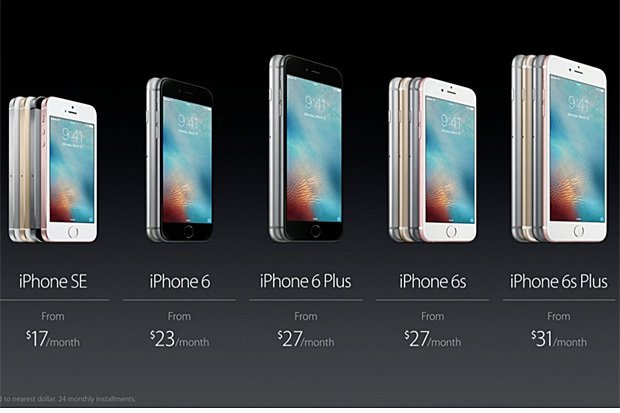
Of course, Apple framed the 30 million sales figure of the smaller 5s within the context of high demand for a smaller phone. I am confident that there are indeed a large number of individuals who desire a smaller smartphone. However, I am also inclined to believe that price was the motivating factor for the vast majority of the 30 million consumers of that more affordable and smaller iPhone that Apple intentionally positioned as its entry level device over a year ago.
Apple's seeking opportunity with smaller devices reflects the "smartphone focused" paradigm has reached a dead end.
Thus, contrary to what some may have surmised Apple's 4-inch iPhone SE in my estimation is not a reflection of a reversal of a trend that has led to 5-inch plus "mini-tablets" designed to accommodate a broader range of personal computing activity. It is rather Apple revisiting a "low-end" strategy that failed with the iPhone 5c. A strategy that the firm hopes will entice users with high-end features in a package that is less costly for the company to manufacture and less expensive for users to purchase.
Seeking opportunity with smaller devices while the industry has settled on a "mini-tablet" form factor may succeed. But in my estimation, it simply reflects my analysis that the current "smartphone-focused" paradigm has reached a dead end.
Google getting it together
Whereas Apple is publically opposed to a merger of its personal computing platforms, Google is pursuing a limited merger of Android and Chrome. Google's SVP of Android, Chrome OS, and Chromecast, Hiroshi Lockheimer had this to say:
"While we've been working on ways to bring together the best of both operating systems, there's no plan to phase out Chrome OS."
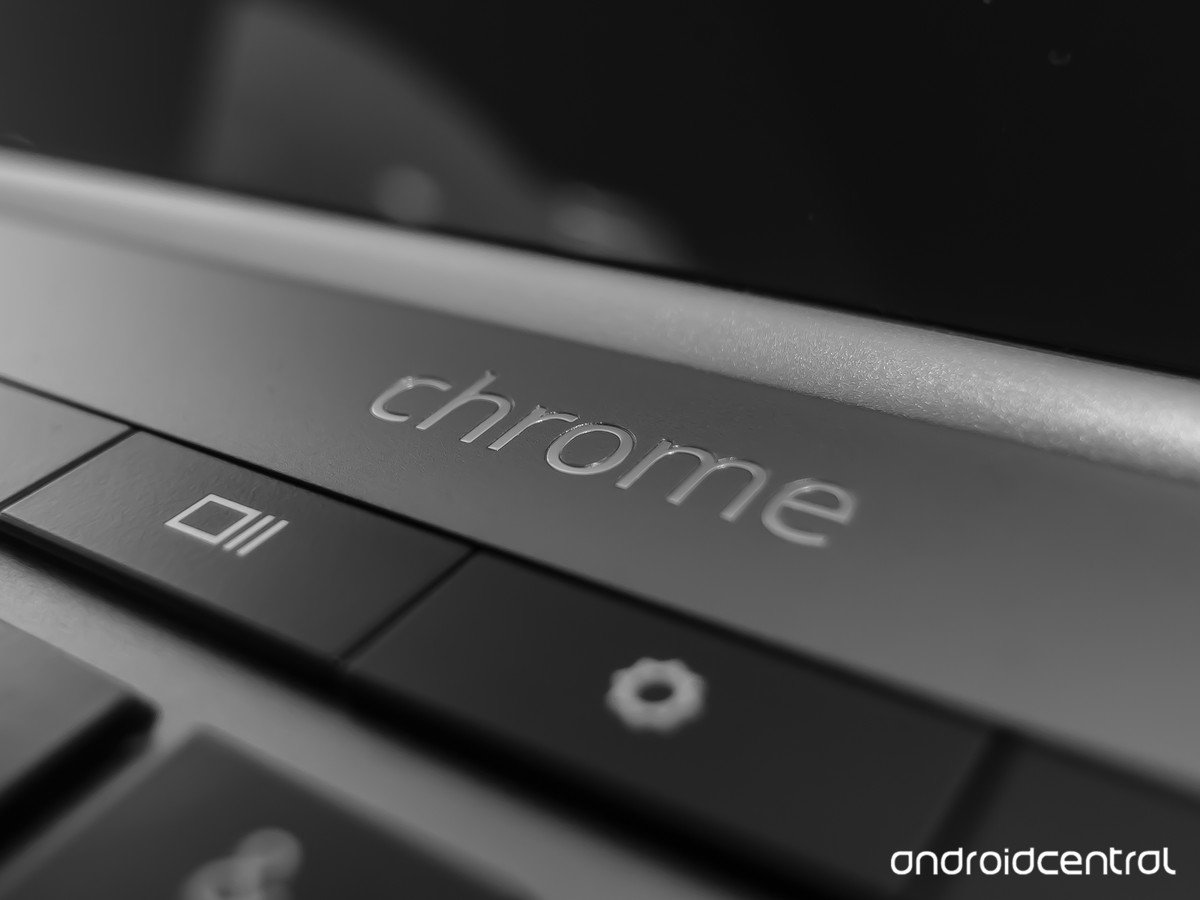
With well over a billion users of Android and an app store boasting above 1.5 million apps, a successful implementation of the strengths of Android in a desktop environment would likely have a tremendous impact.
Additionally, a generation of a billion mobile users that are intimately acquainted with Android on their mobile devices would find the ecosystem in a desktop form factor very familiar. Moreover, because Google would likely implement competitive functionality that bridges experiences on an Android phone to Android on the desktop, the potential for a positive market response is likely high.
The fact that some PC manufacturers have diversified their product lines to include Chromebooks the infrastructure is in place for an Android/Chrome OS introduction as a PC. Though Chromebooks amount to a relatively small number when compared to the rest of the PC market presence, shipping under 3% of all PCs in 2015, there is niche success in the US education sector. Google's position in education (though still smaller than Microsoft's global presence) positions the company to introduce children, to the Android portion of Google's personal computing ecosystem through this partially merged OS.
If this OS merger launches and it became a popular desktop environment, a complimentary Continuum-type function would likely fit well within this ecosystem. An Android/Chrome OS on the phone that scales to a larger screen may be conceivable. That said if Google can overcome the myriad barriers (and there are many) to the merger of these platforms they have a clear advantage over Microsoft. They have mobile users.
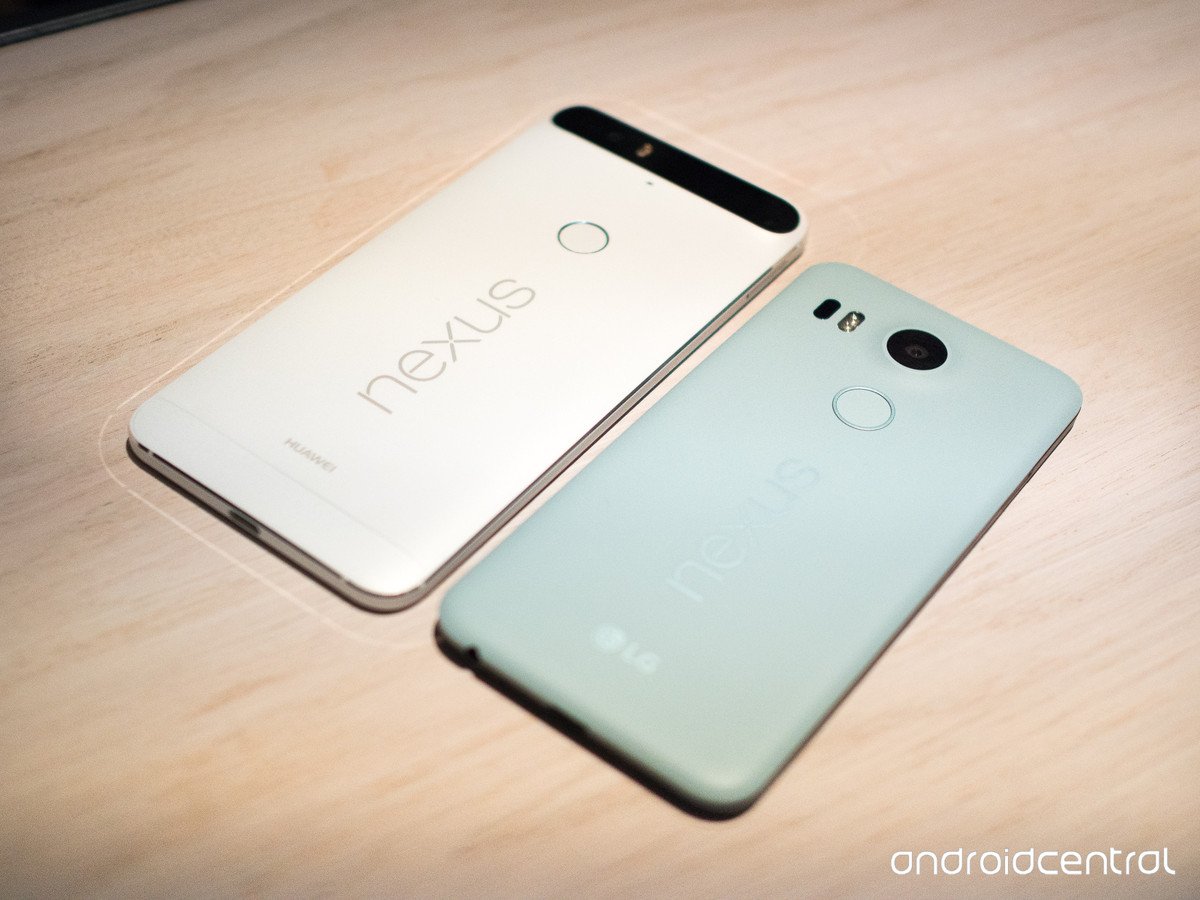
The fact that most computing is now mobile and Google has the bulk of mobile users they would be approaching the converged mobile-desktop strategy from a position where they won't have to win users to the dominant personal computing form factor. Their desktop efforts may, however, be difficult to establish in the face of Microsoft's entrenched PC platform and the success of Windows 10. If, however, they succeed with an app solution that mimics Continuum-type context sensitivity and scaling their much larger mobile base potentially puts a PC in the pockets of far more users than Microsoft can and in a much shorter time frame.
That said, there is indeed a vast host of technical challenges that Google must work through to make some degree of an Android/Chrome OS happen. How will they make apps universal? With only 2.3% of phone users on the latest publically released iteration of Android, how will they handle fragmentation, which is certain to affect how widely distributed the new OS would be? These are just two issues the company must face.
There are certainly more. But with a scheduled introduction of the platform this year and a release in 2017, per a Wall Street Journal report, it is certain these questions are being answered.
"Google engineers have been working for roughly two years to combine the operating systems and have made progress recently, two of the people said. The company plans to unveil its new, single operating system in 2017, but expects to show off an early version next year, one of the people said."
An Uneasy Road
As the mobile industry shift's to a more cloud focused paradigm, all of the big players are faced with the challenges of ensuring a mobile computing solution that offers the most seamless experience for users.
We've talked a lot about Microsoft's UWP and the challenges it faces, but Apple's Continuity which keeps the phone and desktop platforms separate is wrought with its own challenges. Google's partial merger of Chrome and Android, which like Apple continues a phone-focused solution and is still challenged with fragmentation, also faces challenges.
That said there is a shift occurring. And each company is seeking a solution. I contend that because the cloud is critical to managing a user's mobile experiences, which is the foundation of this shift, Microsoft and Google are better positioned than Apple.
A unified front
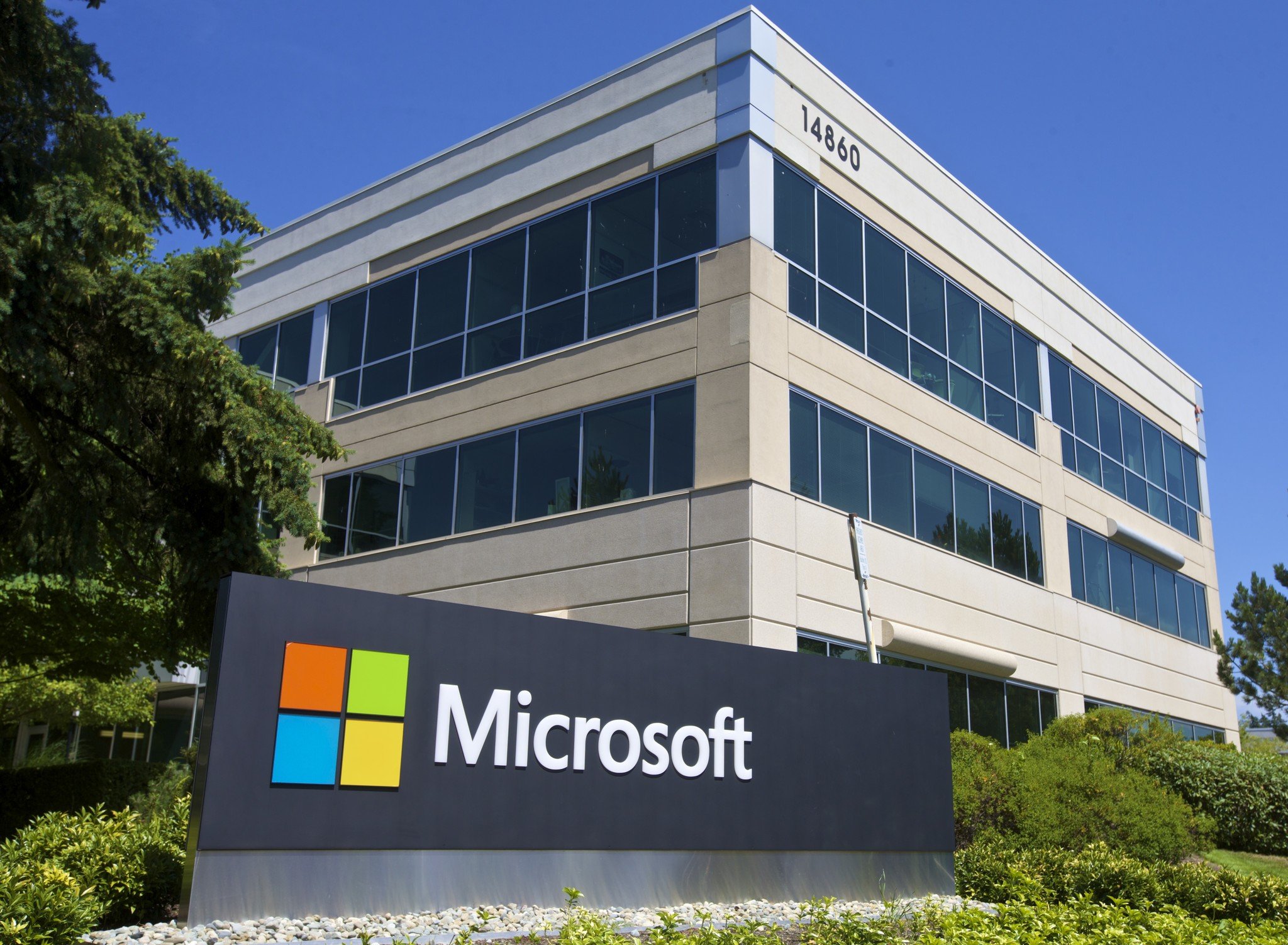
An interesting point of speculation regarding Microsoft and Google and their platform unification efforts is this: Most people on the planet with a computer have a Window-based PC. Moreover, most individuals with a smartphone have an Android phone. Given these facts, a reasonable deduction is that the vast majority of these users are the same people. If we were to view this data on a Venn diagram, there would certainly be large a degree of overlap of Windows PC and Android phone users.
Furthermore, at least one of the goals of each of these firm's unification efforts is winning users to the full range of each company's ecosystem of personal computing devices. If we were to play this scene forward several years, toward the supposed goal of these companies, Microsoft's Universal Windows Platform would be represented on over 1 billion of its 1.5 billion PC install base. Speculatively speaking a "unified" Chrome and Android OS would be on a billion Android phones.
With each company boasting unified platforms, they will each be positioned to offer consumers a rich continuity between both a PC and mobile environment. This level of device integration is something that Google cannot currently do, and Microsoft is still in the early stages of positioning. Thus, Microsoft's PC consumers are currently relatively "safe" from Google.
While each company has a particular strength in one area and not the other, each firm is "content" to share these users and serve them from their sphere of power. Microsoft with PCs and Google with mobile phones. I contend that if Google is successful with any degree of a unified platform, this "necessary truce" won't always be the case.
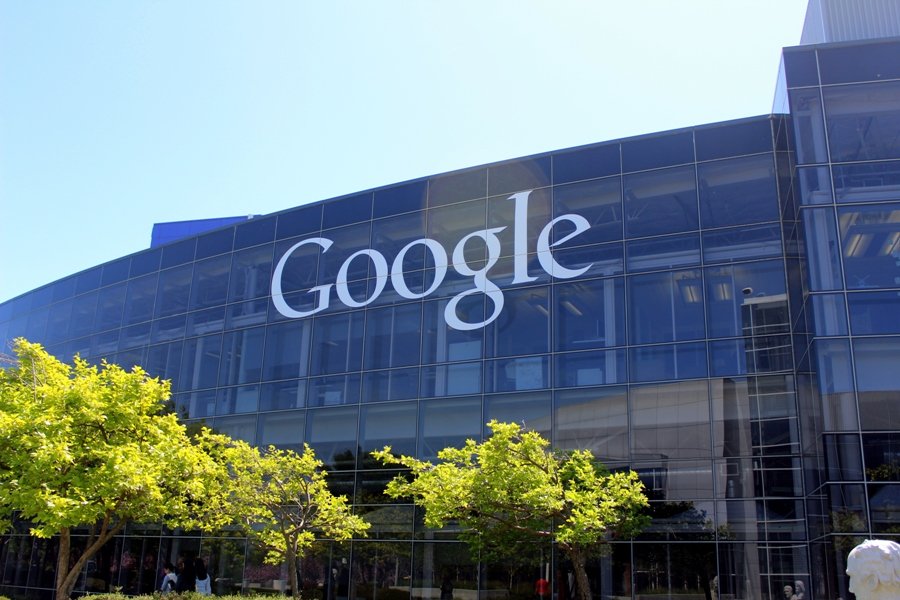
In several years with a form of Android successfully implemented on a PC form factor it is certain that Google will aggressively initiate a pursuit of those billion Windows PC users who are also Android phone users. They're trying it now with a far inferior platform in Chromebooks after all. Though such an assault won't be easy against an entrenched Microsoft, due to the popularity of Android and what will likely be a deep unity between Android phone and a "unified" Android/Chrome PC, Redmond will not brush this assault off as easy as it does Chromebooks.
Thus, Microsoft's investment in Android may, in part, be in anticipation of this result of Google's "unified" platform. It is certain that even if Microsoft's efforts with the UWP and Windows Mobile succeed, the result will only be a comfortable position in mobile and not sweeping claim of market share. Thus, Android will always be the dominant player.
Microsoft's efforts then, I contend, are to strike first by not only increasing the unity between Windows 10 desktop and Windows "phone", but also Windows 10 and Android. We've seen some cross-platform apps make their way to both iOS and Android of late. But we've also seen what appears to be a deeper integration of the Microsoft ecosystem on the Android platform such as with Microsoft's Messaging Everwhere. Part of this Android choice is just that the platform is more open to this type of system (whereas iOS is too locked down for Microsoft to implement a similar service as of now).
If Microsoft is capable of establishing a deep integration between Android, and Windows Redmond can likely diminish the impact of a "unified" Chrome/Android platform which will also be seeking to build unity between desktop and mobile platforms. Microsoft's dominant PC install base and success with Windows 10 installs (270 million to date) is an advantage for Microsoft. If this analysis is correct, Microsoft's goal of 1 billion installs of Windows 10 in a few years time frame takes on a greater sense of urgency. They need Windows 10 PCs in place that will benefit of current and coming integration with Android mobile phones.
Wrap up
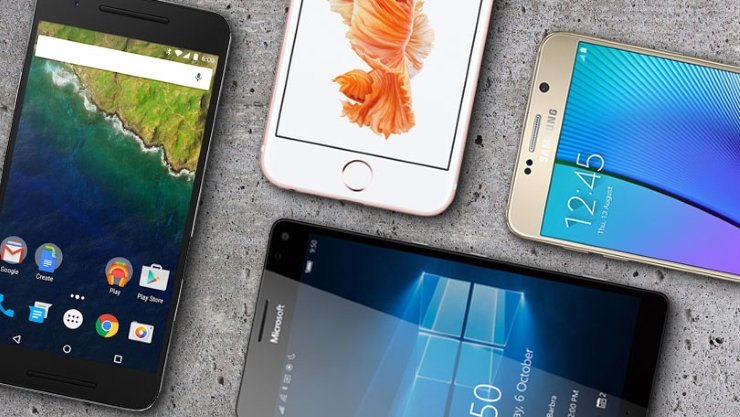
In conclusion, with both Microsoft and Google investing in varying degrees of unified platforms and Microsoft's progressively deeper integration with Android, Apple, in the future may find further growth a challenge. For one, the company is already experiencing limited growth due to a saturated market, and even the company's "low-end" attempts are no match for Google's.
Two, as Microsoft and Google hunker down with unified platforms, Microsoft's 90% dominance of the PC space and Googles 80% dominance of the smartphone space, will tie hundreds of millions of users more tightly in a broader range of their respective ecosystems. Consequently, there will likely be less churn from Windows or Android to Apple.
Whatever lies ahead, we are only nine years into the mass consumer smartphone age initiated by the Cupertino company. And we now seem to be on the cusp of a shift from the smartphone's infancy, and a predominantly device focused industry, to something more mature. If nothing else, things are about to get very interesting.

Jason L Ward is a Former Columnist at Windows Central. He provided a unique big picture analysis of the complex world of Microsoft. Jason takes the small clues and gives you an insightful big picture perspective through storytelling that you won't find *anywhere* else. Seriously, this dude thinks outside the box. Follow him on Twitter at @JLTechWord. He's doing the "write" thing!
